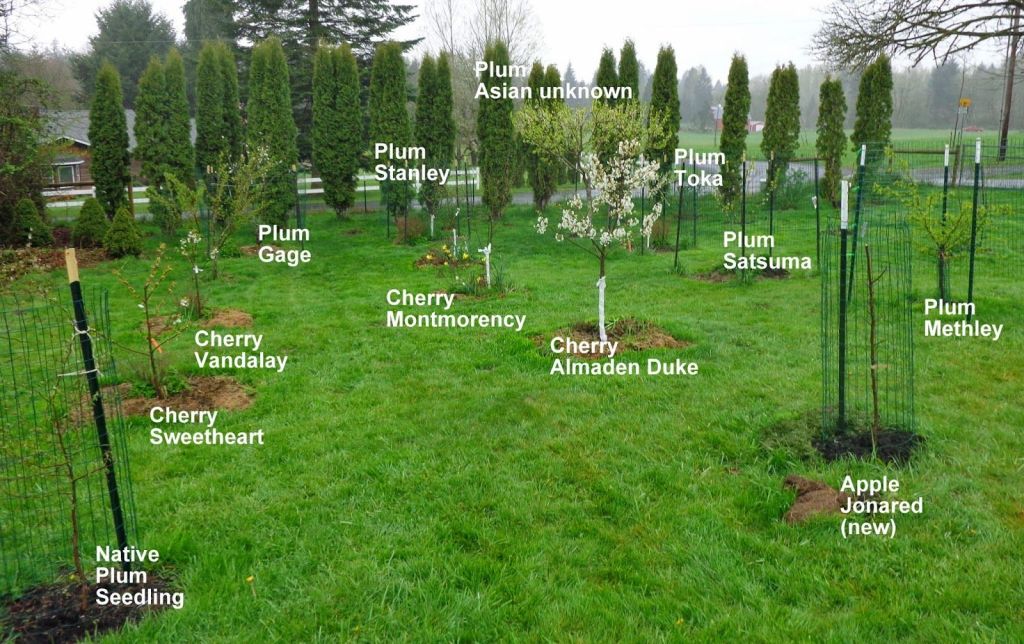Self-sufficiency in food production is a goal for many people who choose to live a rural lifestyle or homestead. The ability to grow, raise, and harvest your own food not only provides a sense of independence but also ensures the availability of fresh and nutritious ingredients year-round. In this article, we will explore some key aspects of achieving self-sufficiency in food production.
1. Vegetable Gardens: Starting a vegetable garden is an essential step towards self-sufficiency. Begin by choosing the right location with adequate sunlight and soil fertility. Plan what vegetables you want to grow based on your family’s preferences and consider crop rotation to maintain soil health. Use organic methods for pest control and fertilization, such as composting or natural pesticides.
2. Fruit Orchards: Planting fruit trees is another valuable addition to your self-sufficiency efforts. Select appropriate varieties that thrive in your climate zone and offer a variety of fruits that ripen at different times throughout the year. Pruning, watering, and protecting against pests are necessary maintenance tasks for healthy orchards.
3. Livestock: Raising livestock can provide meat, dairy products, eggs, and even fiber for clothing or bedding materials if desired. Chickens are popular choices due to their versatility; they can provide both eggs and meat while requiring relatively low maintenance compared to larger animals like cows or pigs.
4. Beekeeping: Keeping bees not only contributes to pollination but also offers honey as well as wax for candles or skincare products if desired. Educate yourself about beekeeping techniques before starting this venture due to the specialized knowledge required.
5. Food Preservation: To ensure year-round access to homegrown produce, mastering various preservation techniques is crucial. Canning fruits and vegetables helps retain their flavors while dehydrating allows long-term storage without refrigeration needs.
6 Greenhouses & Cold Frames: Extending growing seasons using greenhouses or cold frames enables cultivation beyond the typical outdoor growing season. These structures provide protection from harsh weather conditions and allow the cultivation of more delicate crops.
7. Seed Saving: Becoming self-sufficient also involves saving seeds for future plantings. Select open-pollinated or heirloom varieties that produce true-to-type seeds, ensuring a continuous supply of viable seeds year after year.
8. Composting: Building healthy soil is fundamental to successful food production. Composting kitchen scraps, garden waste, and animal manure not only reduces waste but also creates nutrient-rich compost that improves soil fertility naturally.
9. Water Management: Implementing efficient water management strategies such as rainwater harvesting, drip irrigation systems, or using graywater can help conserve this precious resource while sustaining your food-growing endeavors.
10. Continuous Learning: Self-sufficiency in food production requires ongoing learning and adapting to new techniques and challenges. Attend workshops or webinars related to sustainable farming practices, join online forums or homesteading groups for valuable insights from experienced individuals who share similar goals.
Adopting self-sufficiency in food production may seem overwhelming at first but taking it one step at a time will lead you towards achieving this rewarding lifestyle choice. Start small with a vegetable garden and gradually expand into other areas as your confidence grows. Remember that every harvest brings you closer to greater independence from commercial food sources while providing fresher and healthier options for you and your loved ones on your rural living journey.


Leave a comment